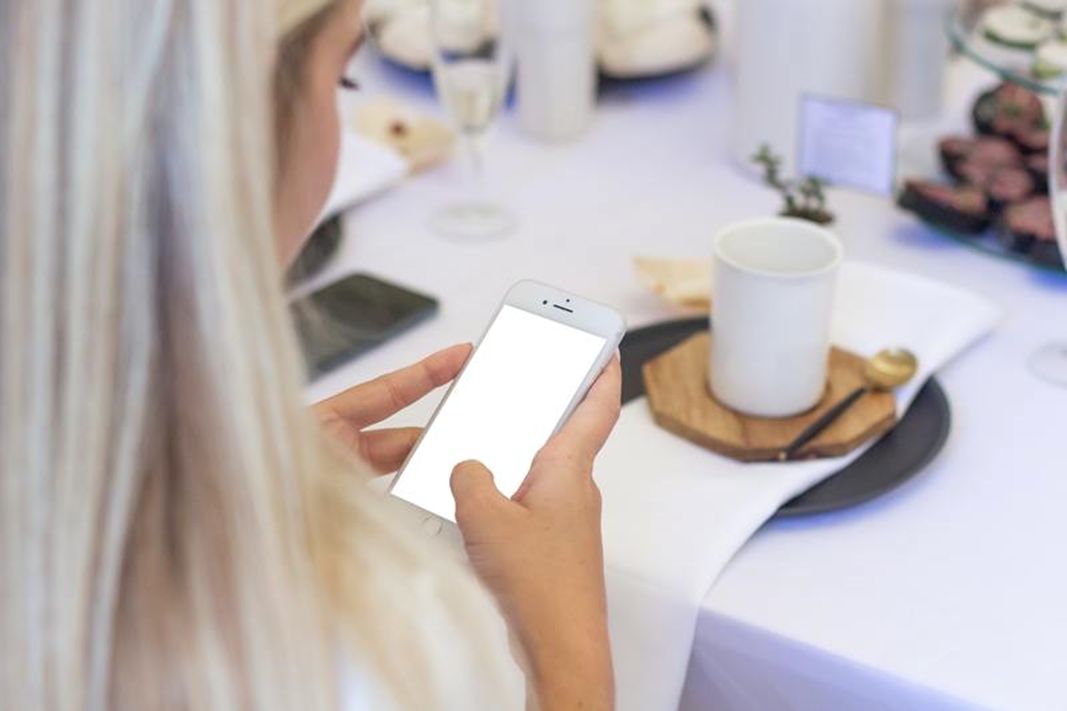The dating app world has blossomed over the course of the last decade. They’ve become an incredibly normal part of life for many – both as somewhere to meet the right partner, understand yourself and even find friends in a community. A 2017 Stanford survey tracing dating habits back to 1940 found a ‘steep increase’ in the first interactions for couples being via online media.
So, whether we like it or not, we’re finding love online. However, in the past few years, dating apps and sites are having to find new ways to separate themselves from the crowd, while also appealing to a new generation of potential users who pose a different challenge altogether – they’ve grown up in the digital world, so none of this is new to them.
This new type of eligible bachelor or bachelorette is looking for customisation to meet their own unique needs. Whether its marriage, committed relationships, or nothing serious – dating apps are catering to a crowd that’s bigger, more engaged and more nuanced than ever before. Essentially, we’ve come a long way from swiping left or right.
 Credit: Unsplash
Credit: Unsplash
Cultural compatible
YouGov found that 49% of adults who have ever used a dating app or site were there to find an exclusive romantic partner. More specifically, it was a close split between men and women, 47% being male and 51 per cent being female. Centrally, most people were looking for relationships on dating apps. However, Google’s data analysis showed that many users also visit these apps for diversity of choice (64%), widening the dating pool itself (65%) or even because they felt video dating was an important thing in itself (51%). Culturally, we’re all different, but evidently all choosing dating apps as a route to romance and companionship.
More than a swipe
Therefore, dating apps are tasked with providing a user experience that boasts, more than anything, a lot of fish in the sea. Take Badoo for example – with one of the biggest dating communities on its system and precise location filtering, Badoo Android, and iOS apps are amongst the most popular because they can offer that wealth of choice and facilitate a range of different interaction options with a ‘match’. What the most successful apps have done to draw people in is fulfil the promise of having ‘someone for anyone’, something even the real world can’t guarantee.
 Credit: Unsplash
Credit: Unsplash
The perfect match?
As dating apps have become more normalised, competition has grown and features have been directed more towards users’ specific needs – going beyond the elementary affirmation of swiping a profile you find attractive. This means the dating app industry is likely to have to continue to increase the levels of customisation, but it will also have to improve the success of its profile matching algorithms.
As these algorithms grow ‘smarter’ – the time we spend on dating apps could be significantly reduced as perfect matches become easier to find and connect with them is more flexible and inclusive. Technology was built for better connections, and little else confirms that than the explosion of dating from our phones, laptops, and tablets.
